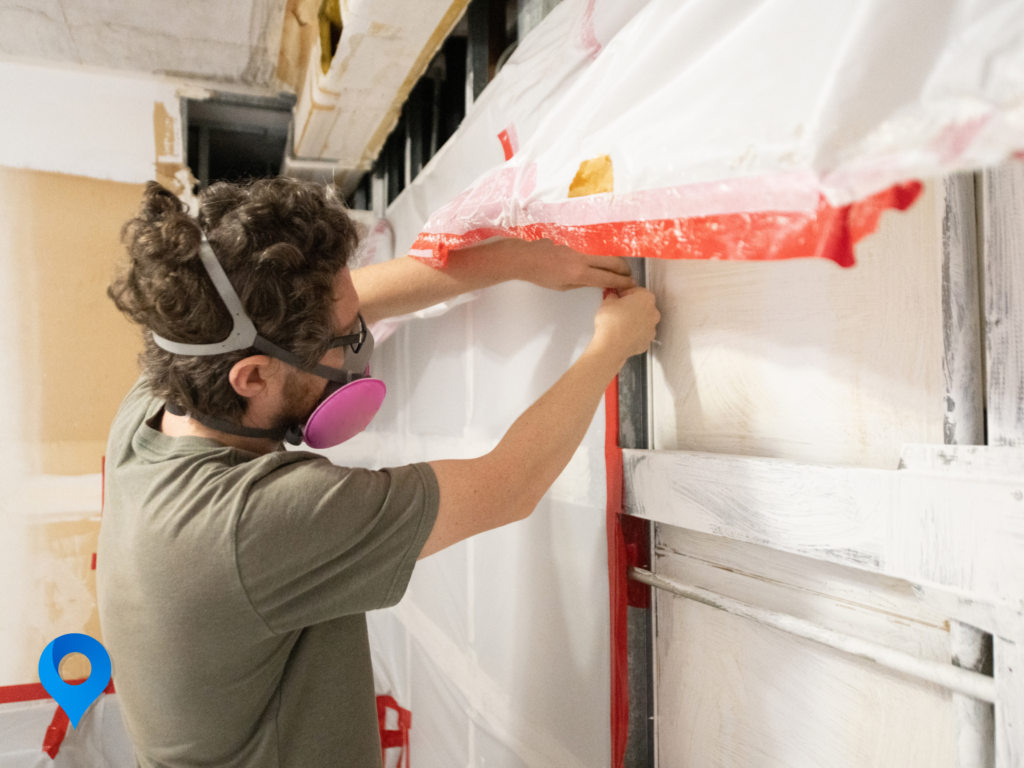Addressing Mold Risks: Safeguard Your Home and Health

Mold in your home is more than just an unsightly nuisance; it can pose serious health risks and cause significant damage to your property. Understanding the implications of mold growth and taking proactive steps to address it can help you maintain a safe and healthy living environment.
Understanding Mold and Its Dangers
Mold is a type of fungus that thrives in damp, humid environments. It can grow on a variety of surfaces, including walls, ceilings, carpets, and furniture. While mold is a natural part of our environment, indoor mold growth can lead to various health problems, especially for individuals with respiratory issues, allergies, or weakened immune systems. Common health effects of mold exposure include:
- Respiratory Issues: Mold spores can irritate the lungs, leading to coughing, wheezing, and shortness of breath.
- Allergic Reactions: Symptoms such as sneezing, runny nose, red eyes, and skin rash can occur in mold-sensitive individuals.
- Asthma Aggravation: Mold exposure can trigger asthma attacks in people with asthma.
Identifying Signs of Mold
Early detection of mold is crucial to prevent it from spreading and causing more significant problems. Here are some signs to look out for:
- Visible Growth: Mold can appear as black, green, or white spots on surfaces.
- Musty Odor: A persistent musty smell often indicates hidden mold growth.
- Water Damage: Stains or discoloration on walls, ceilings, or floors may suggest a moisture problem that can lead to mold.
- Health Symptoms: Unexplained allergic reactions or respiratory issues among household members can be a sign of mold.
Addressing Moisture Sources
Since mold needs moisture to grow, controlling the humidity and moisture levels in your home is essential. Here are some effective strategies:
- Fix Leaks Promptly: Repair any leaks in roofs, walls, or plumbing to prevent water from seeping into your home.
- Use Dehumidifiers: Keep indoor humidity levels below 60% using dehumidifiers, especially in damp areas like basements.
- Ventilate Properly: Ensure that bathrooms, kitchens, and laundry rooms are well-ventilated to reduce moisture buildup.
- Dry Wet Areas: Clean and dry any wet or damp areas within 24 to 48 hours to prevent mold growth.
Professional Mold Remediation
If you discover a significant mold problem, it’s often best to seek professional help. Mold remediation experts have the tools and expertise to safely remove mold and address the underlying moisture issues. They can also provide guidance on preventing future mold growth.
Conclusion
By identifying the signs of mold early and addressing the sources of moisture, you can effectively mitigate the risks associated with mold in your home. Taking these proactive steps will help protect both your health and the structural integrity of your property. Remember, a dry home is a healthy home!
Feel free to share this post with your friends and family to spread awareness about the importance of mold prevention and remediation.
